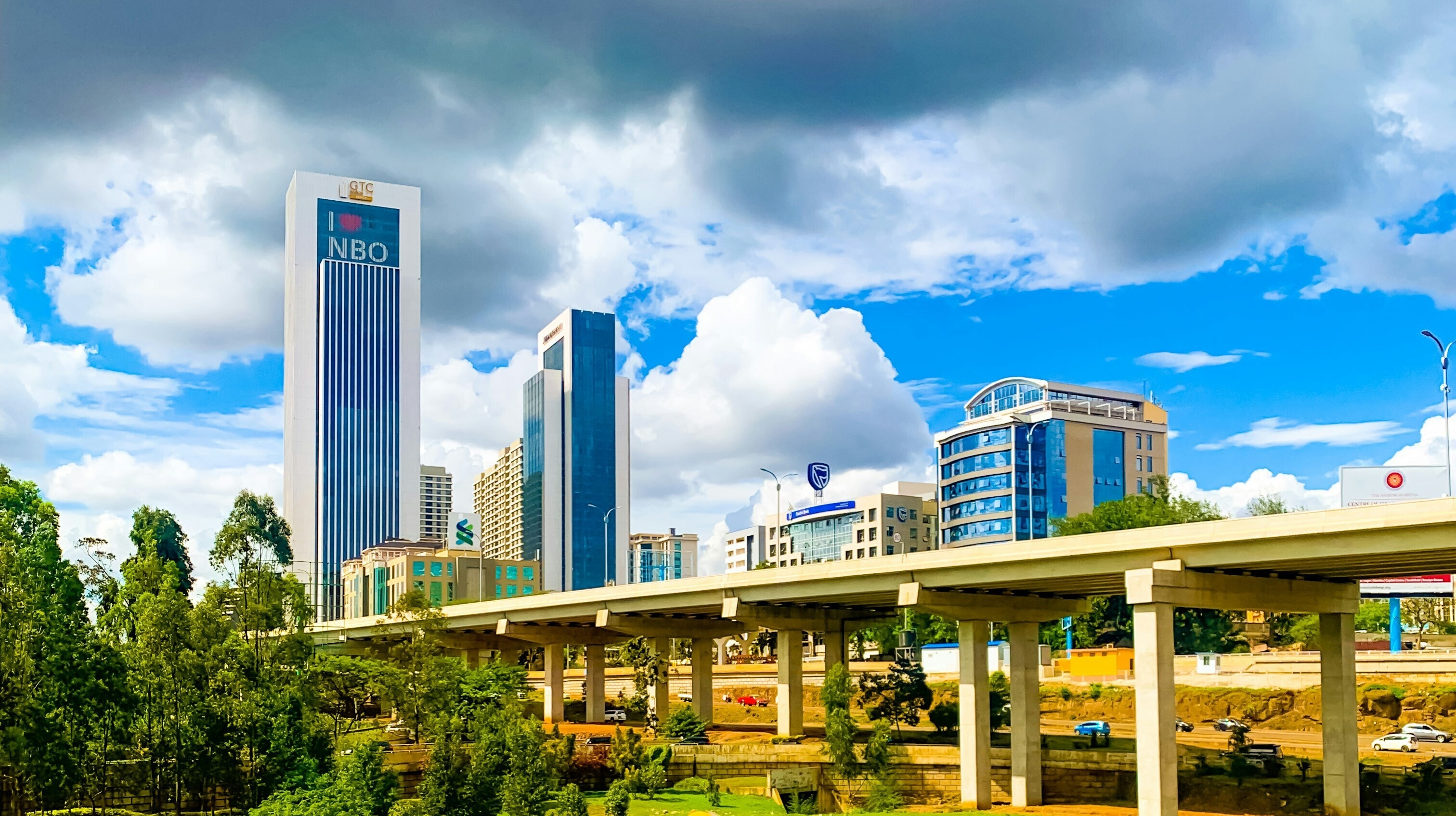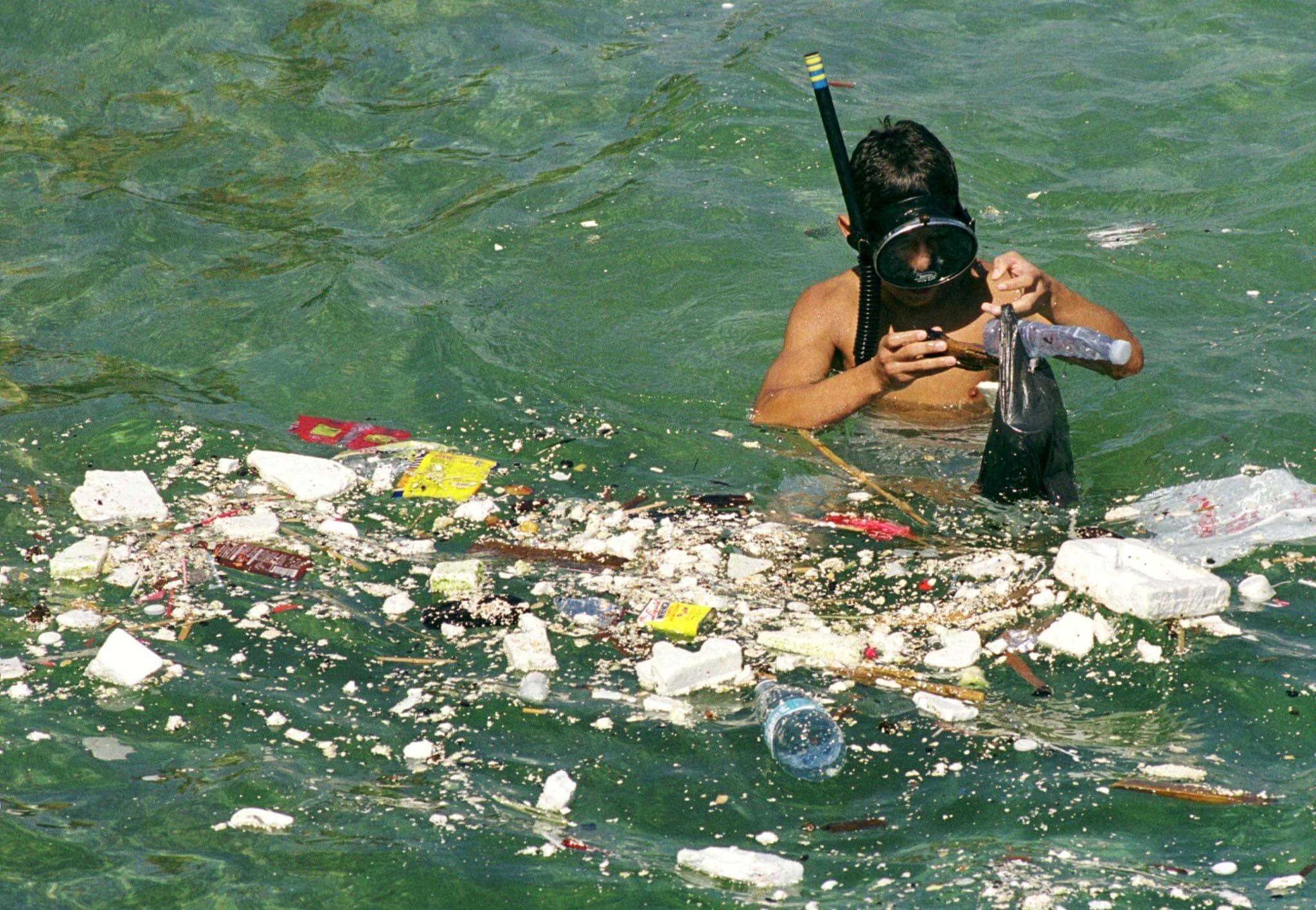Can the media help people affected by humanitarian crises?

Stay up to date:
Media, Entertainment and Information
This article was originally published on The World Bank’s People, Spaces, Deliberation blog.
It is several days after the earthquake in Nepal. A small group of Nepali women sit on the side of the road in a village in Dhading district, 26 kilometres from Kathmandu. In this village, many people lost their homes and several died in the earthquake.
The women are listening attentively to a radio programme, Milijuli Nepali meaning ‘Together Nepal’. After it finishes, one of the women starts asking the others questions: What did they think to the programme? Did they learn anything? What else would they like to hear to help them cope in the aftermath of the earthquake?The women start discussing some of the issues raised around shelter and hygiene, they like the creative ideas suggestions, particularly as they comes from a source they like and trust – the BBC. They give the researcher their ideas for future programmes and she writes them down.
From a distance, this scene is like many others – villagers gathering together to listen to radio. In Nepal, radio is still the most accessed source of media. However, this isn’t a typical community gathering and it’s not a typical radio show. The radio programme is made by the BBC’s international development charity, BBC Media Action, working with the BBC’s Nepali Service. It’s not a news programme about what happened, rather, it’s been designed to give people practical information to help them deal with the effects of the earthquake. And, the community gathering is part of BBC Media Action’s research to inform and evaluate the show.
It’s a qualitative research approach that they often use in crisis, giving people the space to discuss issues without rushing them through tick boxes in surveys; and the people appear to enjoy it – it’s a way that they can share their ideas and know their voices are heard. The method provides a much richer source of data that the researchers can share immediately with the radio production team who can then incorporate ideas from the community into the radio show. This helps to keep the programme relevant to local people’s needs and priorities.
As a humanitarian researcher, now working at BBC Media Action, I’ve always believed that any research conducted in crisis must be of direct benefit to the people affected; they’re already suffering from a crisis, the last thing they need is endless questions that don’t result in anything that helps them. Others share this view, and ethical guidelines created for use in crisis such as Medicine Sans Frontiers Research Ethics framework[1] and the proposed ethical framework for health research in crisis[i] commissioned by the Research for Health in Humanitarian Crisis (R2HC)[2] stress this .
However, whilst conducting research to inform programmes and help people in crisis is more in line with ethical guidelines, it does have some disadvantages when it comes to measurement. It’s qualitative research, so of course it only represents the views of those interviewed and can’t represent the views of the total population like a nationally representative survey could. In each crisis, the context is so different, and research methodologies have to be adapted to fit them – this is of course the right thing to do, but again makes any kind of direct comparison across multiple cases impossible.
So, when it comes to ‘building an evidence base’ on the effect of media in crisis (or any intervention), researchers are faced with a challenge. How can they design research that is flexible enough to adapt to each unique humanitarian crisis – and robust enough to contribute to an evidence base of learning across multiple interventions?
Whilst extreme rigour and direct comparison aren’t possible with such rapid research, it is possible to have some consistency with the evaluation framework used – the same broad criteria can be used as benchmarks, and a systematic approach can be used for secondary data analysis.
At BBC Media Action, we’ve done this with several of our evaluations, bringing together insights from our emergency responses in the Nepal earthquake, the Ebola crisis, the 2014 Gaza conflict and the Syrian refugee crisis. We conducted secondary data analysis on these evaluations, using three categories of indicators to measure against: 1. Selected OECD-DAC criteria (i.e. relevancy, appropriateness); 2. Programme objectives (i.e. knowledge, attitudes, actions taken); 3. Communication components (i.e. audience engagement, trust).
Despite these crisis and interventions being quite different, there was a degree of consistency in the findings across the cases:
- Crisis exacerbates and heightens existing issues and people make choices about where to get their information based on access, quality, trust and relevance of content.
- Psychosocial needs were vast in all of these emergencies and the humanitarian broadcasts played a key role in giving hope and confidence, knowledge about the situation and what to do. People affected were able to find the help they needed and connect with others in the same situation which also supported their mental and physical recovery.
- It’s well known that the voices of survivors are key to effective recovery and response in crisis. But it’s less known that media broadcasts can facilitate this voice by providing a platform for survivors to hold others to account, share their concerns and stories of recovery and survival. This is crucial in supporting psychosocial outcomes and enabling confidence to act.
- Like all forms of humanitarian support, media broadcasts are only truly effective if done in partnership with local people and groups. They’re the first responders in crisis, the first to reach the worst affected areas and the first to help. In the case of Nepal, the exceptionally strong network of community radio stations were among those first responders broadcasting from the community to the community.
Survivors of disasters are not passive victims. They want, need and expect accurate, high quality, consistent, timely information that they can trust. Without this, their world becomes further confused and disillusioned. With information at hand they can make key decisions to help protect themselves, their families and ultimately be empowered to actively participate in their own recovery.
At BBC Media Action, we’re hopeful that this step towards synthesising insights and learning across multiple cases will encourage a broader dialogue amongst agencies, and that together we can continue to build learning to ultimately improve and enhance our humanitarian response.
Theo Hannides is also the author of Humanitarian Broadcast in Emergencies, a research report based on evaluations of four recent crises interventions that assesses the effectiveness of mass media interventions in enabling people to survive and recover when disaster strikes.
To keep up with the Agenda subscribe to our weekly newsletter.
Author: Theo Hannides works as Research Manager in the areas of resilience and humanitarian response for BBC Media Action in the Research & Learning team in London.
Image: A man walks next to port area destroyed by the earthquake and tsunami in Kessenuma town, in Miyagi prefecture. REUTERS/Carlos Barria.
Don't miss any update on this topic
Create a free account and access your personalized content collection with our latest publications and analyses.
License and Republishing
World Economic Forum articles may be republished in accordance with the Creative Commons Attribution-NonCommercial-NoDerivatives 4.0 International Public License, and in accordance with our Terms of Use.
The views expressed in this article are those of the author alone and not the World Economic Forum.
Forum Stories newsletter
Bringing you weekly curated insights and analysis on the global issues that matter.
More on Global CooperationSee all
Michael Spence
August 22, 2025
Nii Simmonds and David Timis
August 18, 2025
Natalie Pierce
August 12, 2025
JJ Enoch
August 6, 2025
Eric Holst
August 4, 2025
Catherine Chevauché
August 4, 2025





